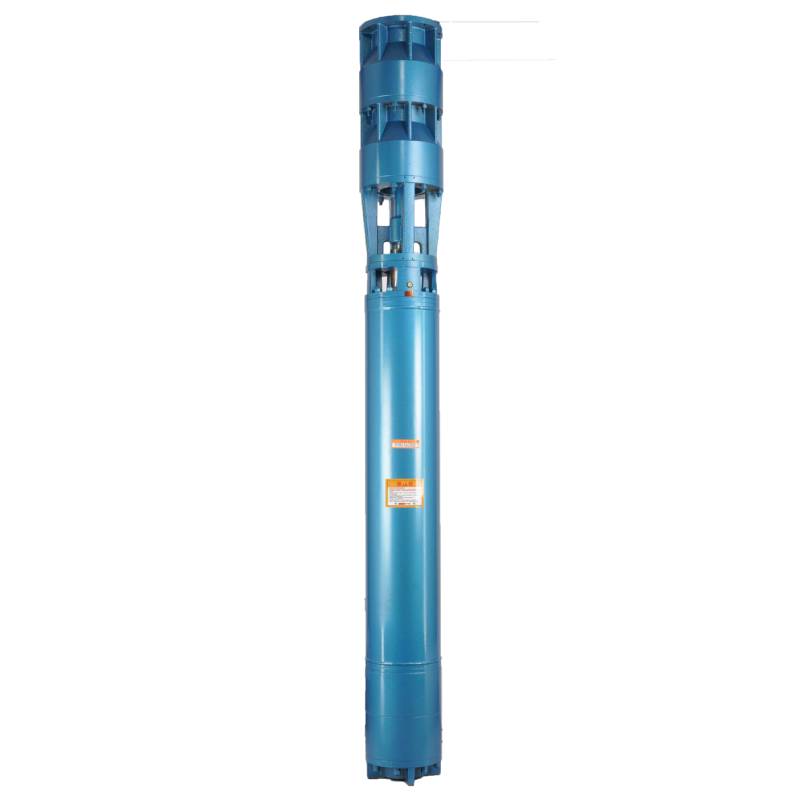დეკ . 29, 2024 16:22 Back to list
submersible deep well pump installation
Installation of Submersible Deep Well Pumps A Comprehensive Guide
Submersible deep well pumps are essential in various applications, including irrigation, potable water supply, and industrial processes. These pumps operate underwater and are designed to push water to the surface, often from considerable depths. Proper installation is crucial to ensure optimal performance, longevity, and reliability of the system. In this article, we will explore the step-by-step process of installing a submersible deep well pump.
Understanding Submersible Deep Well Pumps
Before diving into the installation process, it is essential to understand the components of a submersible deep well pump. Typically, these pumps consist of a pump unit, a motor, an impeller, and a drive assembly, all housed in a sealed assembly to prevent water ingress. The motor is located below the water level, allowing it to push water upwards through the discharge pipe.
Preparation for Installation
Before installing the pump, several preparatory steps must be taken
1. Site Assessment Evaluate the location of the well to determine its depth, diameter, and water quality. Ensure that the well is free of contaminants and that it meets local regulations.
2. Gather Materials and Tools Ensure you have all necessary components, such as the pump, discharge pipe, electrical cable, and any fittings needed. You will also require tools like a wrench, pliers, and a hoisting device, such as a winch or pulley system.
3. Safety Precautions Safety should be a priority during installation. Wear appropriate personal protective equipment (PPE) and ensure that the work area is clear of hazards.
Installation Steps
1. Check the Well Depth Measure the depth of the well accurately. This data is critical for choosing the right length of the pump and the discharge pipe.
submersible deep well pump installation

2. Pre-Assembly of Components If the pump and motor are not pre-assembled, carefully follow the manufacturer’s instructions to assemble them. Ensure the motor is securely connected to the pump unit.
3. Attach the Discharge Pipe Connect the discharge pipe to the pump’s outlet. Use suitable sealing materials to prevent leaks. It’s advisable to use a threaded joint or flanges depending on the system design.
4. Cable Connection Attach the electrical cable to the motor. Make sure to use a waterproof connector that meets local electrical codes. This will prevent short circuits or electrical failures once the pump is submerged.
5. Lowering the Pump Using a hoisting device, lower the pump into the well. Ensure it is positioned vertically to avoid damaging the cables or connections. Pay attention to the drop height to prevent the pump from smashing against the well bottom.
6. Final Connections Once the pump is in place, connect the discharge pipe to the above-ground plumbing system. Make sure all connections are tight and sealed.
7. Power Connection Safely connect the power supply. Ensure the circuit is appropriately rated for the pump and that all electrical connections are waterproof and secure.
8. Testing After everything is in place, turn on the power and test the pump. Monitor performance to ensure it operates correctly. Check for leaks in the plumbing system.
Maintenance and Monitoring
Once installed, periodic maintenance is essential to extend the life of the submersible pump. Regularly inspect electrical connections, verify that there are no blockages in the discharge line, and watch for signs of wear or damage to the pump components.
Conclusion
The installation of a submersible deep well pump requires careful planning, attention to detail, and adherence to safety regulations. By following the above steps, you can ensure a successful installation that meets your water needs efficiently. Always refer to the manufacturer’s guidelines and consult professionals if you are unsure at any stage of the installation process. Proper installation and maintenance will lead to reliable service and a sustainable water supply for years to come.
-
submersible-sump-pump-auto-drainage-for-crawlspaces
NewsAug.22,2025
-
solar-powered-stainless-steel-submersible-well-pump-setup
NewsAug.22,2025
-
stainless-steel-well-pump-flow-rate-optimization
NewsAug.22,2025
-
water-filled-submersible-pump-fish-farm-oxygenation
NewsAug.22,2025
-
submersible-pump-in-aquaculture-and-fish-farming
NewsAug.22,2025
-
deep-well-submersible-pump-for-drought-areas
NewsAug.22,2025
-
 submersible-sump-pump-auto-drainage-for-crawlspacesCrawlspaces, those narrow areas beneath homes, are prone to water accumulation due to leaks, groundwDetail
submersible-sump-pump-auto-drainage-for-crawlspacesCrawlspaces, those narrow areas beneath homes, are prone to water accumulation due to leaks, groundwDetail -
 solar-powered-stainless-steel-submersible-well-pump-setupHarnessing solar energy to power stainless steel submersible well pumps is a sustainable and coDetail
solar-powered-stainless-steel-submersible-well-pump-setupHarnessing solar energy to power stainless steel submersible well pumps is a sustainable and coDetail -
 stainless-steel-well-pump-flow-rate-optimizationIn various applications like agriculture, domestic water supply, and industrial use, the flow rate oDetail
stainless-steel-well-pump-flow-rate-optimizationIn various applications like agriculture, domestic water supply, and industrial use, the flow rate oDetail
